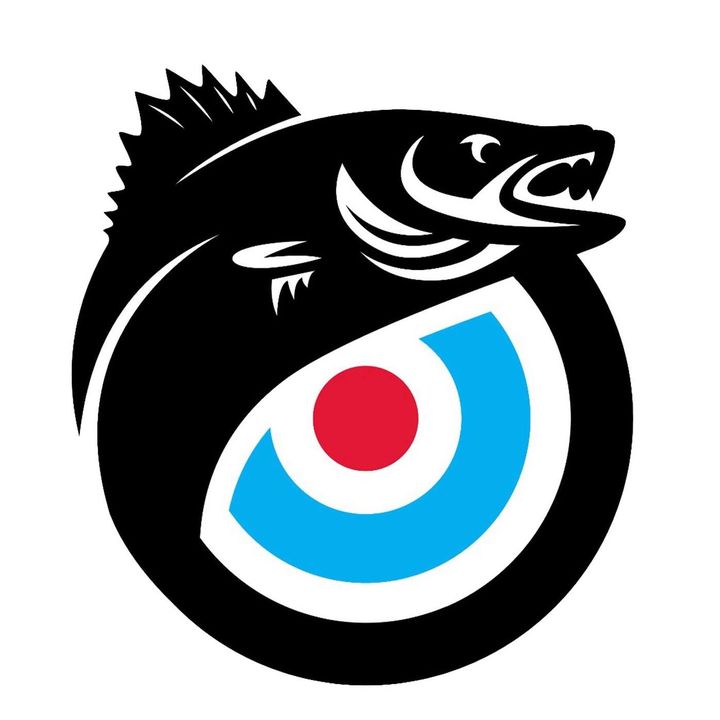|
“Subtle bottoms transitions can be crucial on tough days (sand to gravel, sand to mud, etc). I rely a ton on Humminbird MEGA Side Imaging to find these transition areas quickly – saves a bunch of time – especially in stained water.
“I also keep a really close eye on my temperature gauge. It sounds obvious, but there’s often pockets of water that will be 1-degree warmer and fish will load up.
“I’m a firm believer that early-season fish move shallower with the sun – just because they’re walleyes doesn’t mean they’re scared of light. At the end of the day, they want to find the warmest water.”
Baits
“The first few trips of the season – when the water is still super cold – it’s tough to beat live bait. My go-to is a 1/4-oz jig tipped with a minnow. Stinger hooks help with the short strikes from lethargic fish.
“As the water starts to warm (36 degrees and up) I transition to plastics and hard baits. I like ringworm-style baits and paddletails…our water is pretty stained so I stick with orange and chartreuse for colors.”
“As the water continues to warm up and the bay opens up, I’ll start focusing more on the area outside the river mouth.
“This where a Rapala Rippin’ Rap really shines. My go-to size is the #6, but I’ll bump up or down a size depending on depth. The retrieve is everything – think of it as ‘yo-yo-ing’ it back to the boat.
“Cast it out, let it hit bottom, then lift the rod tip to 11 o’clock…keeping the tip up as the bait swings back down. Drop the tip to 9 o’clock and repeat.
“The biggest mistake I see people make is dropping the rod tip as the bait falls – you don’t want a super sharp fall, rather a subtle swing. Most of the bites will come on that swing…you’ll feel the fish as you make your next lift.”
Looking to book a trip with Doug? He just posted some open dates that are coming in hot, and here’s his website. Maybe get yourself a spring melon like one of these:
| 






